Western Australia, Houtman Abrolhos Islands: An Extraordinary Place to Visit
The Houtman Abrolhos Islands off the coast of Western Australia are one of Australia’s most extraordinary places to visit, combining idyllic and uncrowded cruising grounds with a grisly and murderous history. In this report, Kim Klakka, author of the Fremantle Sailing Club’s Western Australian Cruising Guide gives some insights into the history, wildlife and attractions of this remote archipelago.
Published 2 days ago
The islands that mix marvel and murder
Western Australia is renowned for its remoteness. It occupies twice the size of the United Kingdom, France and Spain combined, but it contains just three million inhabitants. One of the most extraordinary places in Western Australia is the Houtman Abrolhos islands, 320kms (200 miles) north of Fremantle and just 60 kms (37 miles) west of Geraldton. This group of 210 uninhabited low islands is spread over 80kms (50 miles), with most are less than four metres high.
In many respects they make an idyllic cruising ground – clear water, warm temperatures, uncrowded, with an abundance of fish, coral and sea lions. There are a few precariously perched fishermen’s shacks but no shops, no roads, no water and no phones. The islands are also the site of a grisly episode in the maritime history of Western Australia.
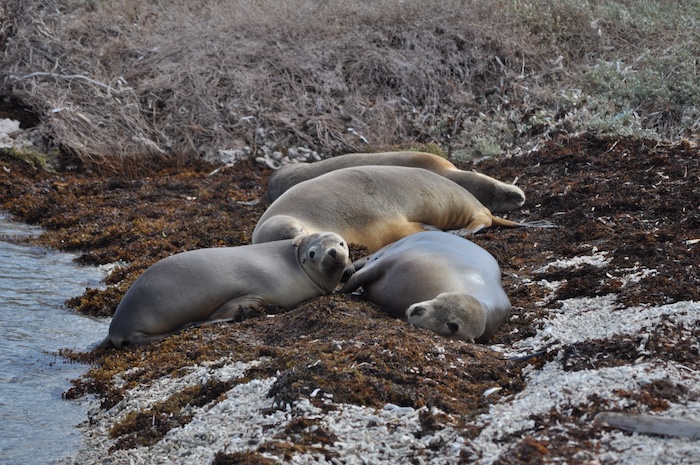

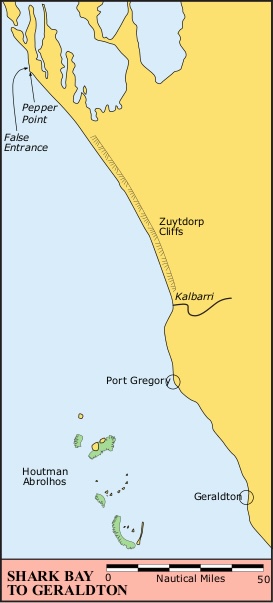

There are three groups of islands: Wallabi Group in the north, Easter Group in the middle and Pelsaert Group in the south, plus the isolated North Island north of all three groups. The Pelsaert Group is the closest to the mainland, 35NM from Geraldton. Frequently used points of departure for the islands are either Geraldton or Port Denison.
The Houtman Abrolhos Islands are surrounded by an aquamarine sea and colourful reef. They support one of the largest seabird breeding areas, are a haven for endangered shorebirds and migratory waders and are home to reptile and bird species found nowhere else on earth. The majority of the islands are national park managed by the Western Australian Department of Biodiversity, Conservation and Attractions (DBCA).
The Abrolhos are home to a variety of other wildlife including tammar wallabies. Native wildlife is protected by law and should not be disturbed in any way. To protect seabirds and allow them to successfully breed it is important to keep to existing tracks and to the water’s edge, to avoid collapsing the nests of burrowing birds. Treading on a burrow will likely kill the chick and cause injury to yourself. The mangrove trees are the only place in Australia where the threatened Lesser Noddy breeds, so should be avoided.
There are no RNLI-style lifeboats or Coastguard Stations along this coast. Instead, volunteer marine rescue groups operate out of bays and inlets, usually with small, fast powerboats. If rescue is required further afield, the local fishing boats are often called on to help. These are remote, exciting and rewarding islands to visit.
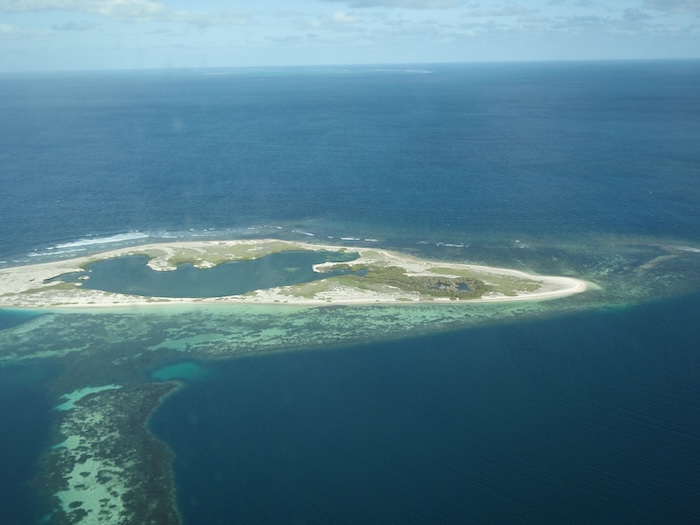

History
It might seem unusual to describe the history before the cruising information, but these are unusual islands. Frederik Houtman sailing aboard the Dordrecht discovered the islands on 29 July 1619. He marked his chart with the Portuguese “Abri vossos olhos” which appropriately translates to “Open your eyes”. Subsequently the islands became known as Houtman Abrolhos or Abrolhos Islands. The reefs have claimed many vessels, with 20 historic wrecks having been discovered in the island waters. The most famous is that of the Batavia, with an extraordinary story of murder and treachery that ensued.
In 1629 (more than 100 years before Captain Cook) the Dutch trading vessel Batavia ran hard aground on the Abrolhos. Of the 322 people aboard the vessel at the time of shipwreck, 282 made it ashore to what they assumed was relative safety. The lack of food, water and shelter turned out to be the least of their worries; 115 men, women and children were murdered in a mutiny on the islands over the ensuing two months. The perpetrators were tried and hanged on the islands.
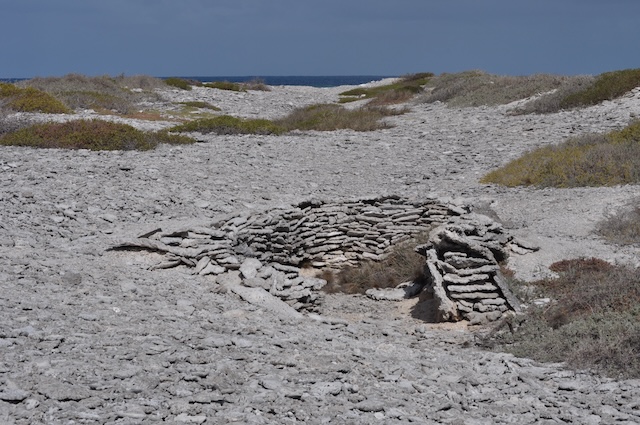

The Batavia shipwreck is a story that might well have formed the basis for William Golding’s book Lord of the Flies, and it makes Mutiny on the Bounty seem like a cosy afternoon tea party.
Henrietta Drake-Brockman’s research using Pelsaert’s journal led to the wreck of the Batavia being discovered in 1963, on Morning Reef at the southern end of the Wallabi Group. Eleven skeletons have since been recovered from Beacon Island. Many relics can be viewed in the excellent displays in the West Australian Maritime Shipwreck Galleries in Fremantle and the Geraldton Maritime Museum.
The Batavia wreck site is in open water just to the south of Beacon and Traitors Islands and is usually covered in vigorous surf. You can rarely anchor at the site, but if you are lucky enough to have the right conditions of no swell and no wind, this is a once-in-a-lifetime experience; swimming amongst a number of cannon, anchors and other artefacts in two to four metres of crystal clear water.
Pilotage
The islands are hazardous and require careful pilotage. The reef is steep-to, rising without warning from relatively deep water and can remain unseen until close by.
The Abrolhos were not charted in detail until the 21st century; before then, cruisers relied on copies of hand-drawn fishermen’s charts. Even today some charting packages do not show the reefs correctly and more than one yacht has hit a reef as a result of relying solely on one charting package. Always work with at least two independent sources of pilotage information and use your eyes. (Remember, that is what Abrolhos means in Portuguese).
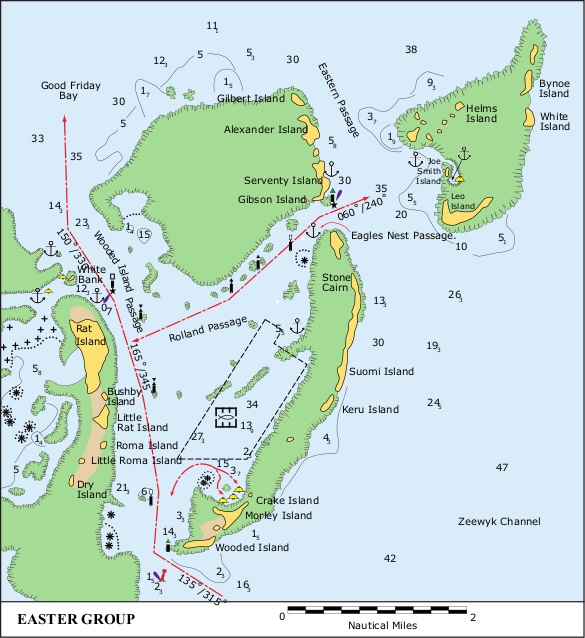

Facilities
Facilities? Not many. Fresh water, fuel, food and other necessities are unavailable so yachts must be self-sufficient in all respects. The islands are not a good place to get injured or ill. There is a Nursing Post on Rat Island open intermittently between March and June. Otherwise, the nearest medical facility is at Geraldton Hospital on the mainland. The airstrips at the Abrolhos are too short for the fixed wing aircraft of the Royal Flying Doctor Service, so patient transfers to the mainland are usually by private aircraft, helicopter or crayboat.
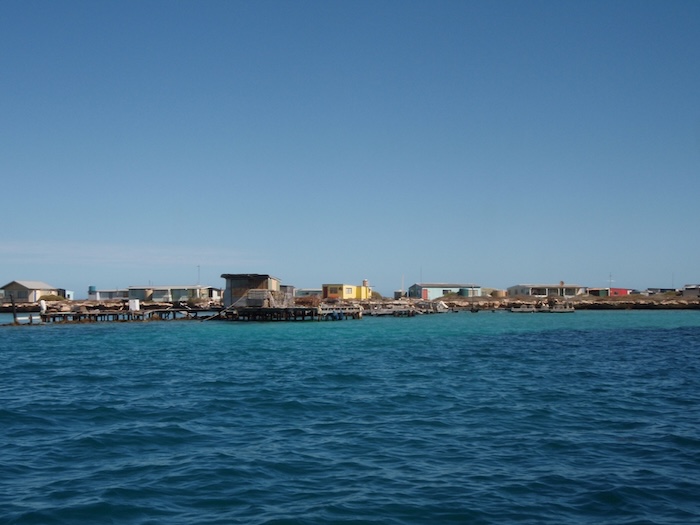

Weather
For once, Wikipedia gets it right: “It is nearly always windy”. The best time to visit the Houtman Abrolhos is during March, April or May, when the strong summer southerlies are abating and before the winter fronts arrive.
The weather pattern is unaffected by the land and sea breezes off the mainland. If the wind backs to the North then head for shelter and act early. The islands are occasionally hit by a cyclone, the most recent being in April 2021, when the Abrolhos was closed and boats had to crowd into the harbour at Geraldton on the mainland.
Moorings and anchoring
Moorings for recreational vessels up to 40 tonnes have been provided and maintained at several locations; they are managed by the Fisheries WA. However, during the Easter school holidays the islands can be comparitively busy and accessing moorings can become competitive.
Many of the recommended anchorages are deep – 15 to 20 metres is quite common. Few offer protection from the North and those that do are likely to be occupied by the commercial fishermen. Most of the anchorages provide shelter from the waves but not the wind – the islands are only a few metres above sea level. Good ground tackle is essential, preferably with an all chain rode. A typical inshore cruising anchor setup of 30metres of chain and 20 metres rope is likely to be woefully inadequate in the Abrolhos. It is best to carry at least two different types of anchor, for example one suited to sand and one suited to weed.
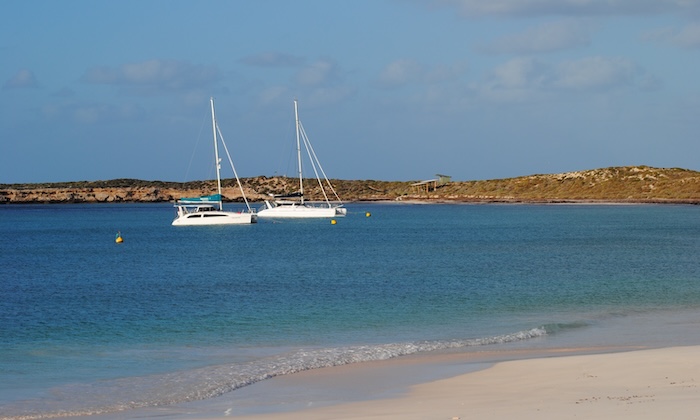

VHF radio coverage
The only consistently reliable means of communicating with the mainland is by VHF (or satphone). There are VHF repeaters in the islands operated by Geraldton Volunteer Marine Rescue. Past experience indicates that unless you have a well-configured, well-elevated external aerial for your mobile phone, you are likely to have little or no signal in most parts of the Abrolhos.
Dinghies and landing
Most of the dinghy landings on the island are rough coral, so a soft-bottom inflatable is likely to suffer some damage. An aluminium boat is good for these conditions. Many of the anchorages and places of interest are quite distant, so a fairly powerful motor is suggested to get through the wind waves at a reasonable speed.
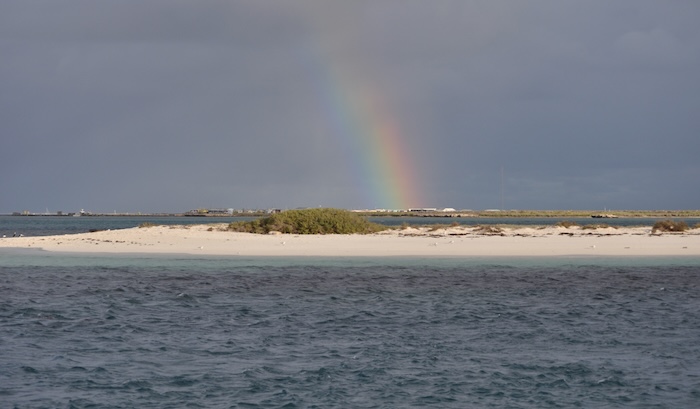

Fishing and Diving
There are many dive sites with excellent coral, fish and minimal swell. Take care, as sharks are often seen. The surrounding waters support an unusual co-existence of tropical and temperate species with magnificent coral gardens, fish, anemones and seagrass meadows. Special areas called Reef Observation Areas have been set aside for the conservation and observation of marine life and habitats. Fishing is popular and fruitful in the Abrolhos. You need a Recreational Fishing Boat Licence (FBL) to fish from your boat or dinghy, and a separate licence for catching rock lobster (“a craypot licence”).


More information
Fremantle Sailing Club’s Western Australian Cruising Guide is regarded as the sailing bible for Western Australia, covering the entire coas. This 650-page book is a definite “must have” for cruising the Abrolhos. It is available as a free download from the Fremantle Sailing Club.
Information on wildlife, mooring locations and fishing can be found at the WA Government’s website for the Houtman Abrolhos Islands
Kim Klaka
Editor
Western Australia Cruising Guide
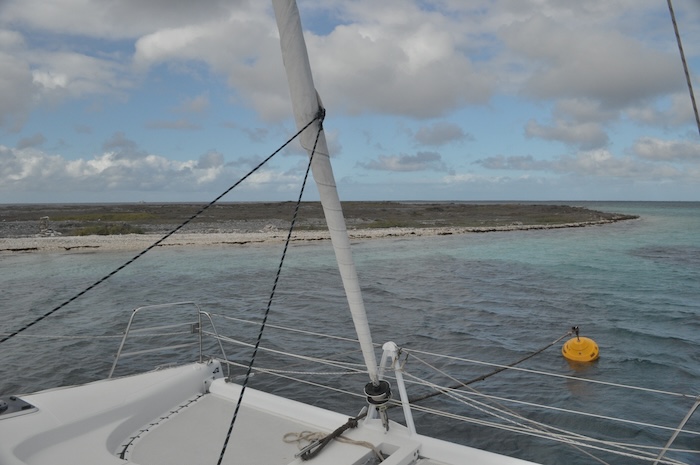

………………………………
About the Author
Kim Klaka has sailed over 30,000 miles offshore and is the current editor of the Fremantle Sailing Club’s Western Australian Cruising Guide. He is a naval architect with 50 years’ experience in yacht design, holding a Masters degree and a Doctorate in sailing yacht performance. He is a recipient of the Yachting WA David Walters Memorial Medallion for services to yachting safety, only the fifth person ever to receive this award.
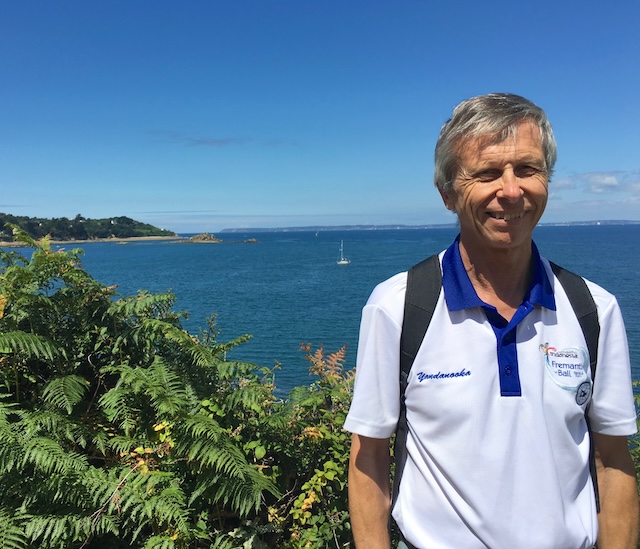

………………………………
Other Reports by Kim Klaka:
………………………………
© 2025 Noonsite. This content was edited by Noonsite. Do not reproduce without permission. All rights reserved.
The opinions expressed in this article are the author’s own and do not reflect the view of Noonsite.com or World Cruising Club.
Find out all news, reports, links and comments posted on Noonsite, plus cruising information from around the world, by subscribing to our FREE monthly newsletter. Go to https://www.noonsite.com/newsletter/.
Related to following destinations: Australia, Fremantle & Perth, Geraldton, Western Australia
Related to the following Cruising Resources: Circumnavigation, Cruising Information, Indian Ocean, Routing, Travel Information, World Regions Information



